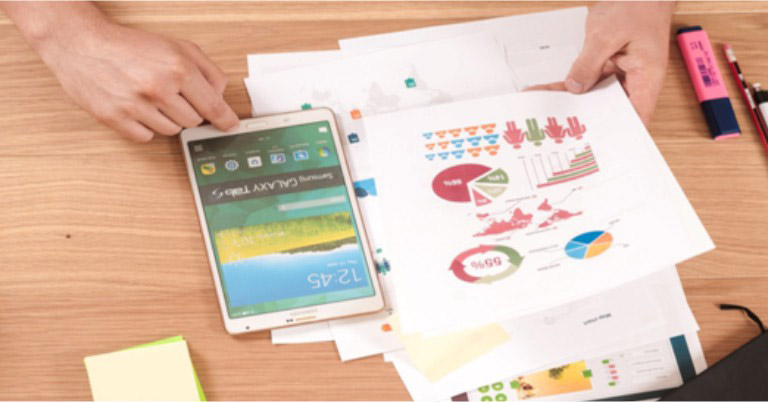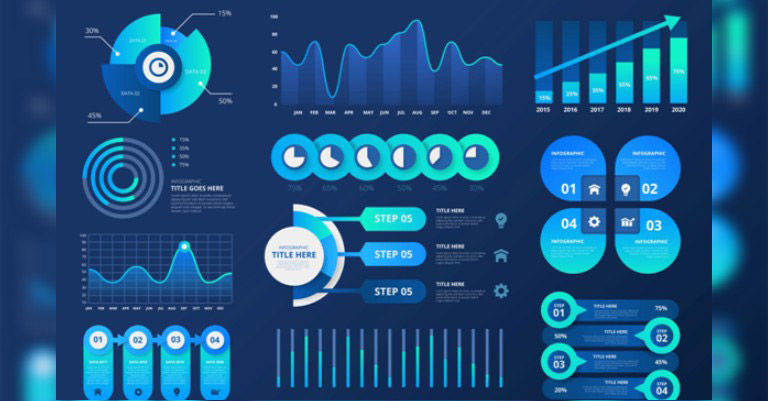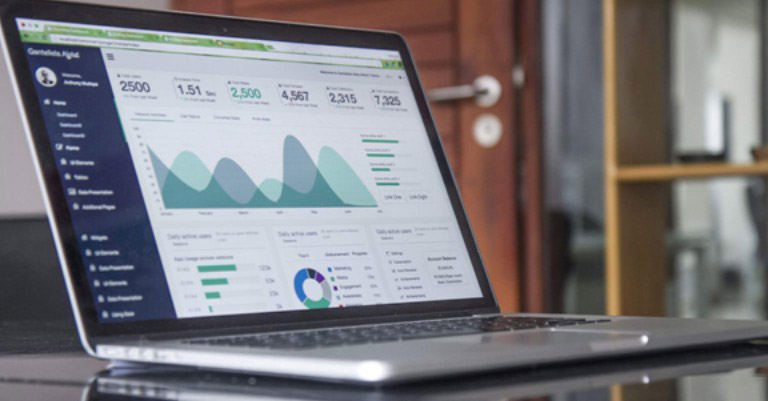Digital transformation is projected to boost up by the end of 2023 with more than 53% spending of all Information and Communications Technology (ICT) investment as predicted by IDC. The preceding year i.e. 2019 alone recorded a spent of $1.25 trillion by global organisations. It embarked on enormous competitive advantages and efficiencies for Facility Management Companies.
The intervention of technology via apps and other end-to-end digital services has smoothened every function of Facility Management. Elaborately, processes are now simpler and more accurate with better efficacy, contrary to being costly, paper-based with high labour intensity.
Informed Facility Management companies have already started to turn field data into strategic intelligence to generate better business outcomes. They gained immediate real-time visibility across locations by deploying intelligent tools on manual workflows which were digitizing outdated and connecting granular data from the field with service validation platforms.
Here are five digitally enabled services and tools with the potential of end-to-end automation and reinventing Facility Management across global organisations.
• App-enabled Surveys

Third-party vendors can take up mobile app-enabled site audits like QA inspections, shift end reports, compliance, etc. Audits can be standardised by SLA criteria and building type to save labour hours. It acts as quality assurance and accountability of the vendors. These apps highlight areas which need more attention which helps to drive a corrective plan which may include trainings. Moreover, these reports can be used for self-assessment to ensure client satisfaction.
• Real-time Monitoring Tools

The promptness of issue detection and resolution aids FMs in preventing escalations. Mobile auditing apps facilitate standardisation in terms of quality and performance. This ensures quality assessment across millions of square feet of real estate. Prompt communication of building issues enables quick resolution. The issues may vary from thermostat malfunctioning to a cracked windowpane i.e. including the biggest and the smallest problems. These monitoring tools act as the eyes and ears of FMs for raising tickets and enhancing safety and efficiency real quick.
• Image Management

Reporting through images has gained immense importance via apps that enable to capture and communicate with pictures which are geo-stamped and contain the exact time of a specific day. For vendors, it helps in verification of a task or service that has been performed with its magnitude. The amount of on-site visibility such tools provides is salient when linked to analytics platforms. Apps also enable segmentation through their searchable and filterable features to speed up the entire process while eliminating subjectivity.
• Validation Apps

Score carding, calibrating and aggregating vendor performance is crucial in FM. Though self-reported scores may differ from the vendor as performance metrics and methods of assessments differ. To optimise a business, FM expectations need to stack up against actual performance across geographies. Here, vendor validation comes into play to refrain from guesswork and drive actual numbers. Score carding and benchmarking the service providers not only establishes accountability but also mitigates the risk of business operations. It ensures optimally maintained workplaces in terms of safety, hygiene, functions, compliance and enriched human experience, ultimately.
• Intelligent Analytics

Advanced business dashboards identify and illustrate trends, micro as well as macro across geographies. Building and operational data are collated into centralised platforms for the purpose of gaining insights and driving corrective plans. They help in identifying top-performing and underperforming segments and potentially pinpoint risks. These dashboards bear critical importance for better management of facilities and vendor service for asset-specific management. An ideal integrated platform captures granular data, facilitates real-time implementation through streamlined reporting with low or no-code innovation.
Facility Management is on a constant quest to improve the overall human experience through consistent field execution and becoming more proactive for maintaining properties. The job of getting everyone on the same page through a shared view of distinct portfolios is now providing brighter visibility for making informed decisions. Faster resolution of issues is a product of transparent flow of communication which reduces risk exposure, creates overall efficiency and improves profitability of the business in the long run.





 WhatsApp Business +91 88000 09776
WhatsApp Business +91 88000 09776
 CSC
CSC  WhatsApp Business
WhatsApp Business 